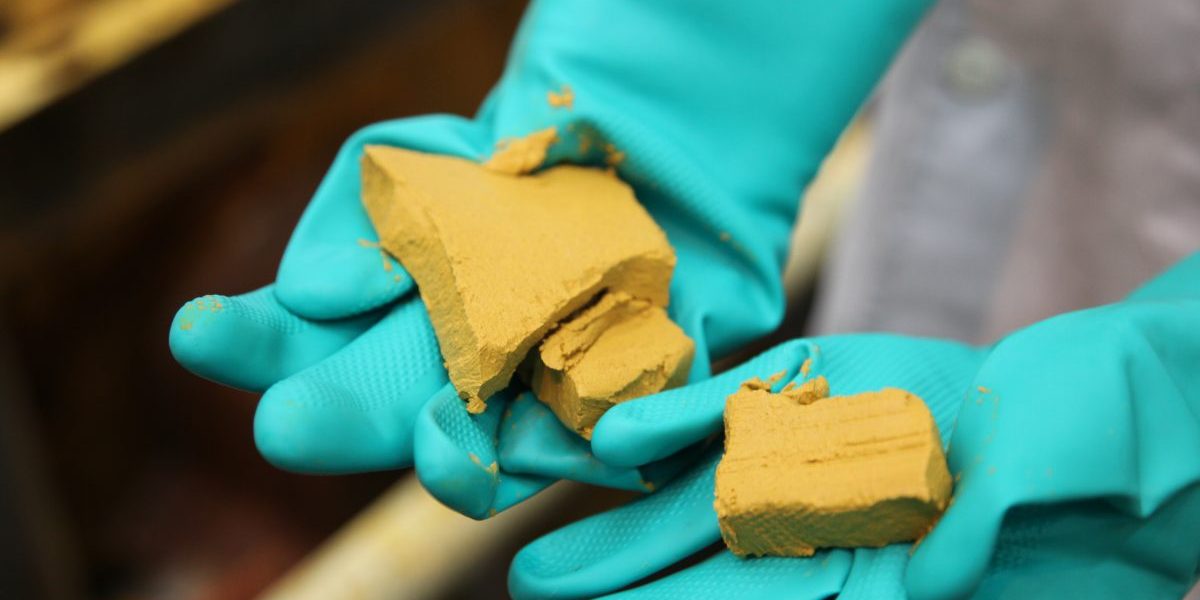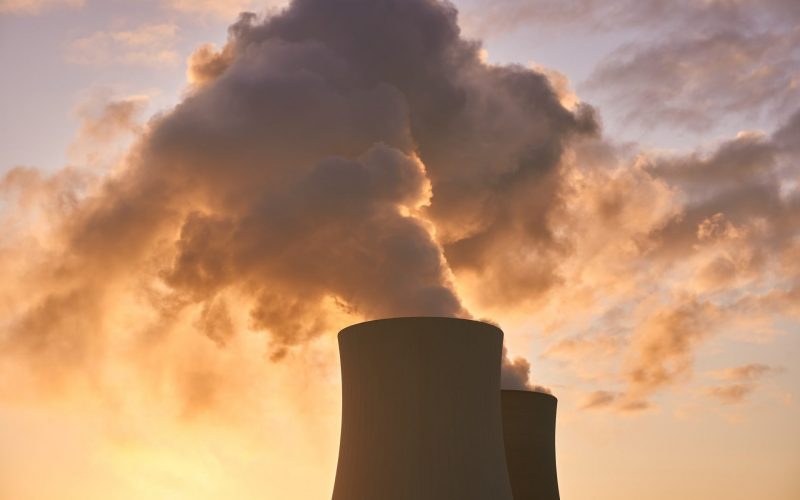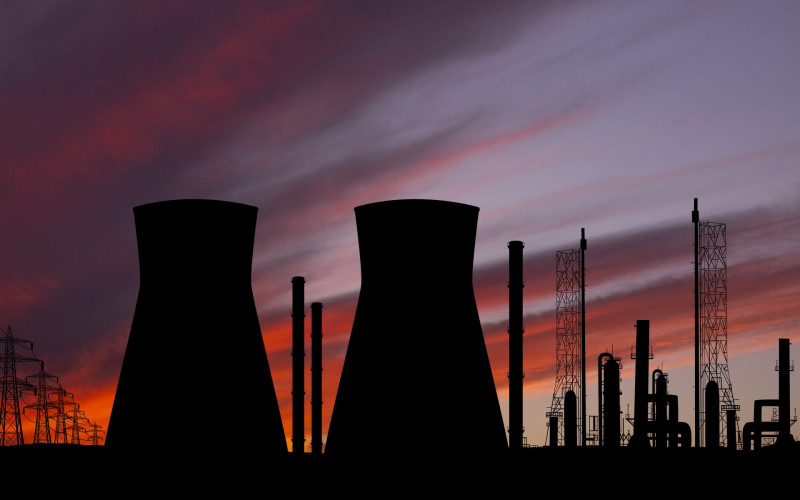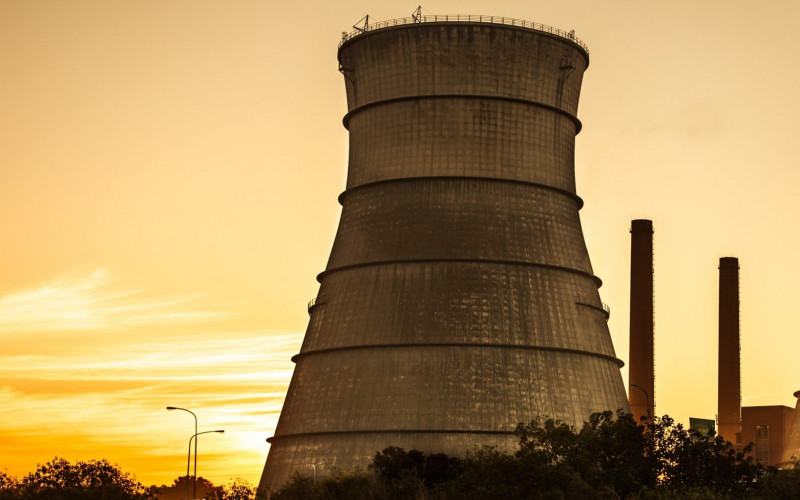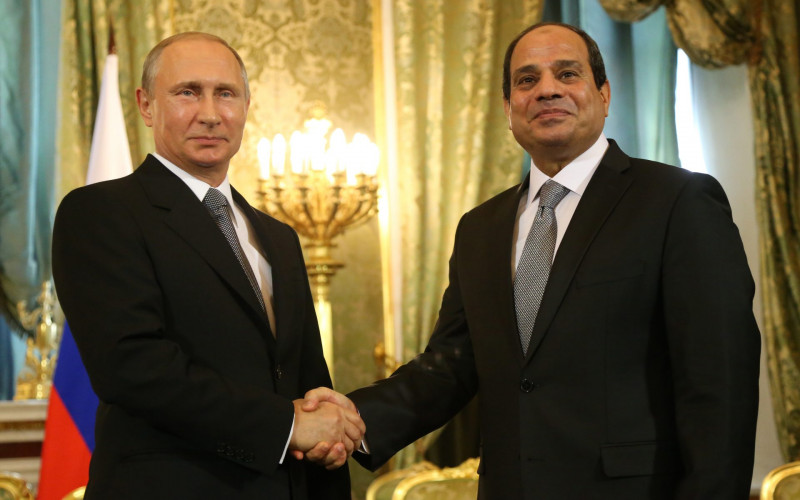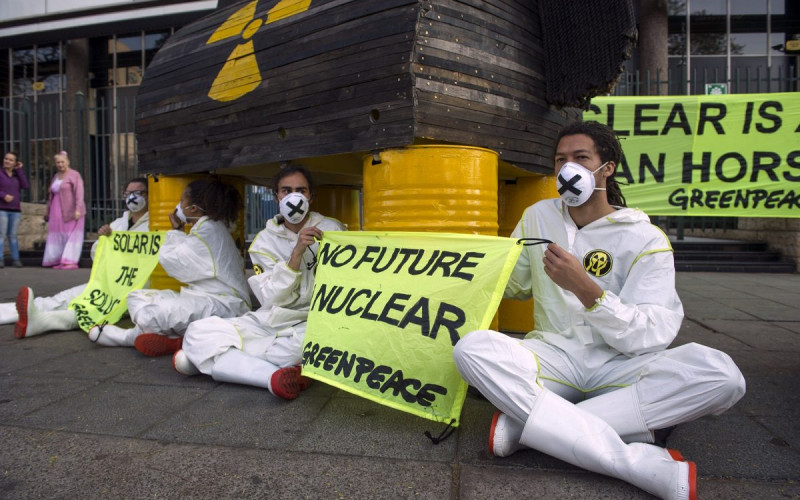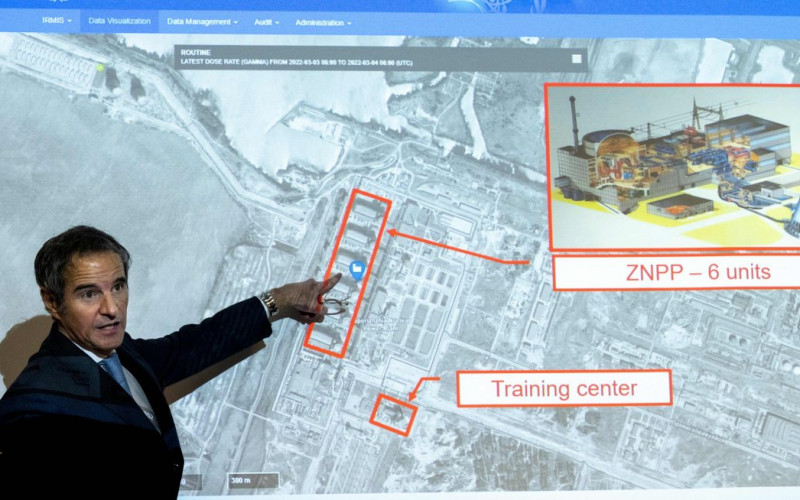Summary:
- This paper gives an overview of nuclear regulation at the national level in 16 SADC member states, and discusses existing regional instruments and how they could be strengthened.
- Half of SADC member states have uranium deposits and intend to use these to generate export revenues.
- Namibia is already among the world’s largest uranium producers, with 10.2% of global supply coming from its open pit mines in 2019.
- Exploration and mine development is rapidly proceeding in SADC states that have not previously produced uranium, i.e., Botswana, Tanzania, Zambia and Zimbabwe.
- Mining and refining uranium can create environmental and health problems.
- SADC could provide an appropriate platform for sharing experiences on nuclear safety and coordinating the rollout of best practices.
- It is necessary to ensure the safe and secure handling of nuclear materials, plants, reactors and waste disposal in all existing and new nuclear programmes in SADC.
- SADC can help its member states in harmonising legal and institutional frameworks for radiation safety, while keeping the format open for others to join at a later stage.

